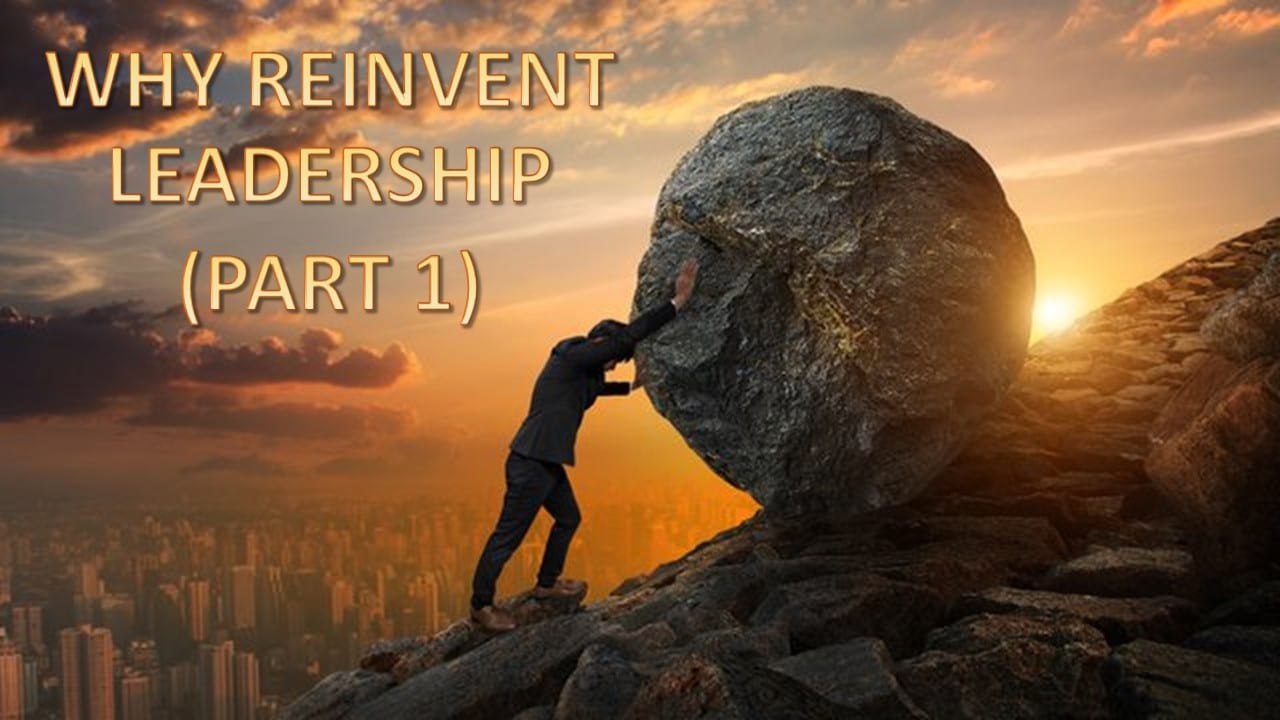Jan, 11, 2021
Leadership is both an art and a science, it may be simple but by no means easy. As I look back upon my leadership experience I realize that my role as a leader in every organization has been different, highly situational in nature, having relevance to the challenges of the times when it came into play and therefore has been evolving over periods of time.My earliest understanding of leadership is that of its traditional influence and motivation in the context of organizational change, that there being a fine line between management and leadership and both roles being complementary to each other.Gradually leadership became strongly associated with change in reference to uncertain situations in the context of environmental complexity and further became intertwined with the process of cultural change, communication, persuasion, dealing with situations, etc.The prominence of individual leaders brought forth the competency approach that highlighted skills or attributes common to successful leaders. Subsequently the contextual/situational dimension of leadership gained momentum rather than an invariant set of attitudes and skills culminating with leadership being reinvented as a complex adaptive process.Then came further developments that examined aspects that were critical to understanding the functions of leaders; relationship between language, thought and meaning, cognitive aspects of leadership behaviour, mindfulness, flexibility, intellectual humility and emotional intelligence being important elements in leadership.Given the realities of today’s economic and business environment, the bitter truth is that we are operating in a bewildering new environment in which little is certain, the tempo is quicker, and the dynamics are more complex. Apart from grappling with today’s business environment in their own unique ways, the critical worry of leaders today is how to stay on top of all the things they need to know to do their job.However, what is emerging as a common denominator is coming to an understanding of the leadership challenges of the current volatile, globalized and hyper-connected environment and what it means to lead in an age of upheaval, to master personal challenges, to make decisions under extreme uncertainty and addressing the need for nurturing leaders of tomorrow.Nothing is further from the truth that today’s leaders face extraordinary new challenges and must learn to think differently about their role and how to fulfill it. (To be continued)

comments (00)